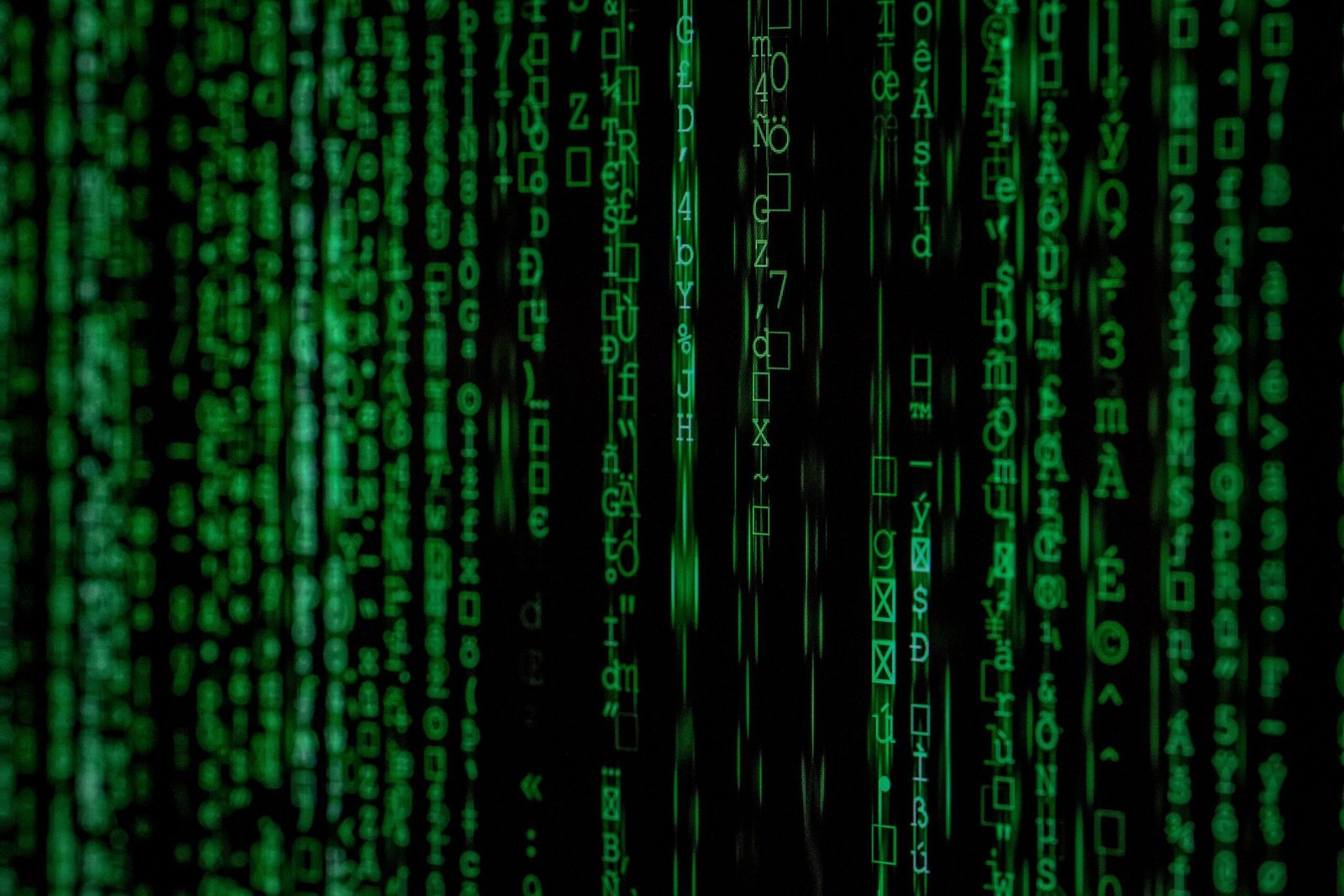In today’s digital age, where personal data is constantly being collected and shared, the need for secure and private identity management is more important than ever. Traditional centralized identity systems, where a single entity controls and stores user data, are prone to security breaches and privacy concerns. This is where decentralized identity management comes into play, offering a new paradigm for protecting and managing personal information.
What is Decentralized Identity Management?
Decentralized identity management, also known as self-sovereign identity, is a concept that puts the control of personal data back into the hands of the individual. Instead of relying on a centralized authority, such as a government or a social media platform, decentralized identity management allows users to store and manage their own digital identities using blockchain technology.
By using blockchain, a decentralized and distributed ledger, individuals can create and control their own digital identities. This means that users have full control over their personal data and can choose who they share it with, eliminating the need for intermediaries and reducing the risk of data breaches.
UI/UX Innovations for Self-Sovereign Identity
While the concept of decentralized identity management is promising, it also presents unique challenges in terms of user experience (UX) and user interface (UI). To ensure widespread adoption and usability, innovative solutions are needed to make self-sovereign identity accessible and user-friendly.
1. User-Friendly Identity Creation
One of the key challenges in decentralized identity management is the creation of digital identities. Traditional methods, such as using long cryptographic keys, can be complex and intimidating for the average user. UI/UX innovations can simplify this process by providing intuitive and user-friendly interfaces for identity creation.
For example, a user-friendly identity creation process could involve the use of biometric authentication, such as fingerprint or facial recognition, to securely generate a unique digital identity. This would make the process more accessible and familiar to users, increasing adoption rates.
2. Seamless Identity Verification
Verifying one’s identity is a crucial step in any identity management system. In the context of decentralized identity management, innovative UI/UX solutions can make the verification process seamless and efficient.
One possible solution is the use of decentralized identity wallets that securely store and manage digital credentials. These wallets can be integrated with existing identity verification processes, such as KYC (Know Your Customer) procedures, to streamline the verification process. By providing a user-friendly interface for uploading and verifying credentials, users can easily prove their identity without compromising their privacy.
3. Simplified Data Sharing
Decentralized identity management allows users to have full control over their personal data and choose who they share it with. However, managing data sharing preferences can be complex and overwhelming for users. UI/UX innovations can simplify the process of data sharing, making it more intuitive and transparent.
One approach is to provide users with granular control over their data sharing preferences through a simple and intuitive interface. This could involve the use of visual representations, such as graphs or charts, to clearly show users which entities have access to their data and what information is being shared. By empowering users with easy-to-understand controls, they can make informed decisions about their data sharing preferences.
4. Enhanced Security Measures
Security is a top priority in decentralized identity management. UI/UX innovations can play a crucial role in enhancing the security measures of self-sovereign identity systems.
One innovative approach is the use of multi-factor authentication (MFA) methods, such as SMS verification or hardware tokens, to provide an additional layer of security. By integrating MFA into the UI/UX design, users can easily enable and manage their authentication methods, ensuring the protection of their digital identities.
Conclusion
Decentralized identity management offers a promising solution to the challenges of privacy and security in the digital world. However, to ensure widespread adoption and usability, innovative UI/UX solutions are essential. By focusing on user-friendly identity creation, seamless identity verification, simplified data sharing, and enhanced security measures, we can create a more accessible and user-centric self-sovereign identity ecosystem.
As technology continues to evolve, it is crucial to prioritize the development of user-centric UI/UX innovations that empower individuals to take control of their digital identities and protect their personal data.












Leave a Reply